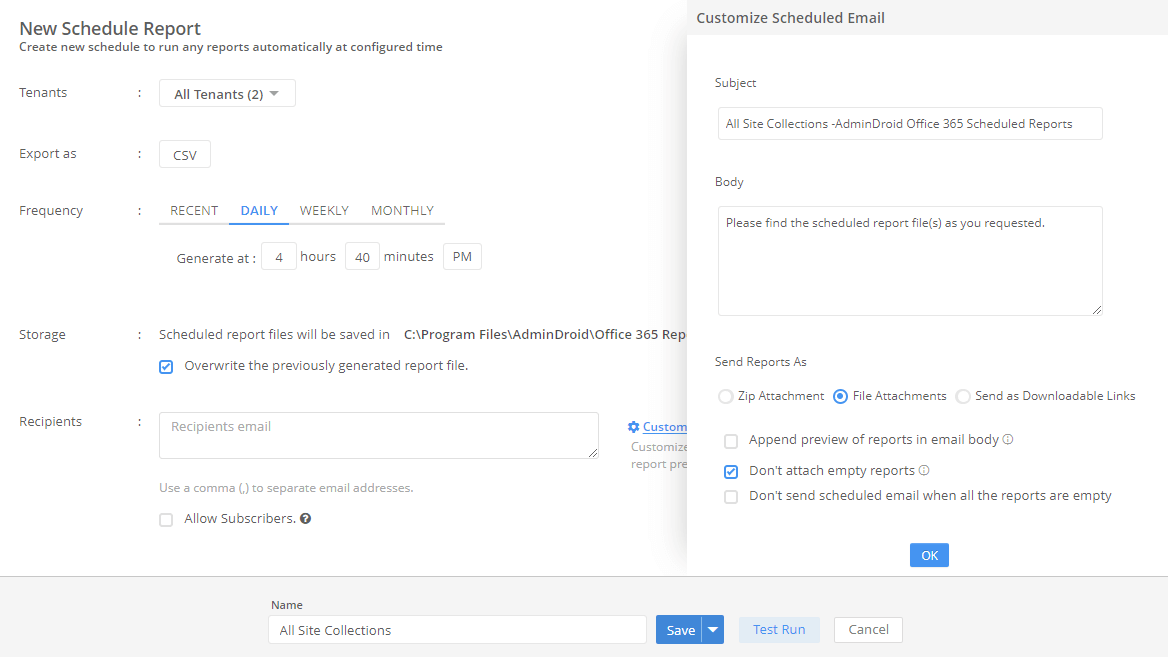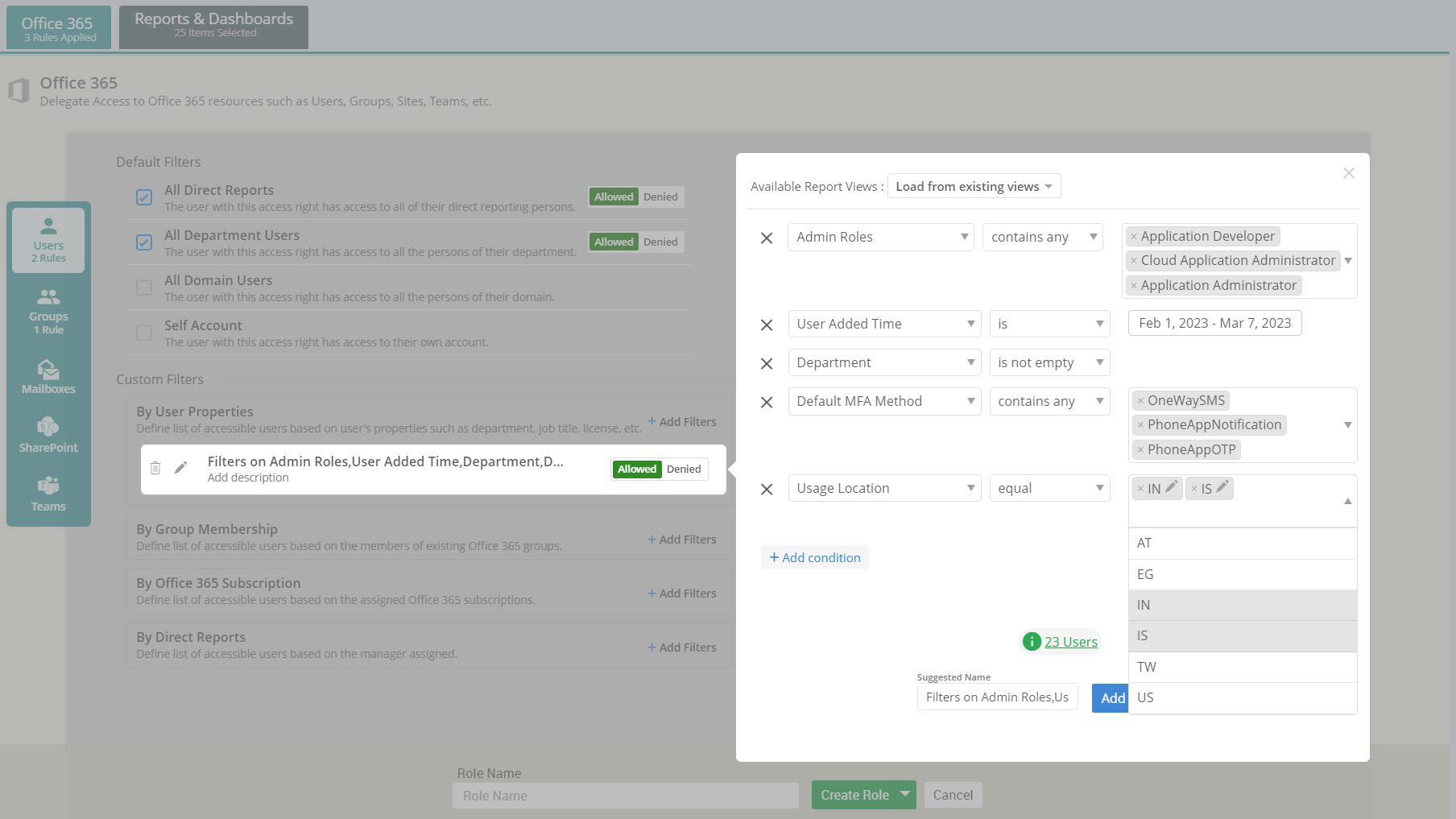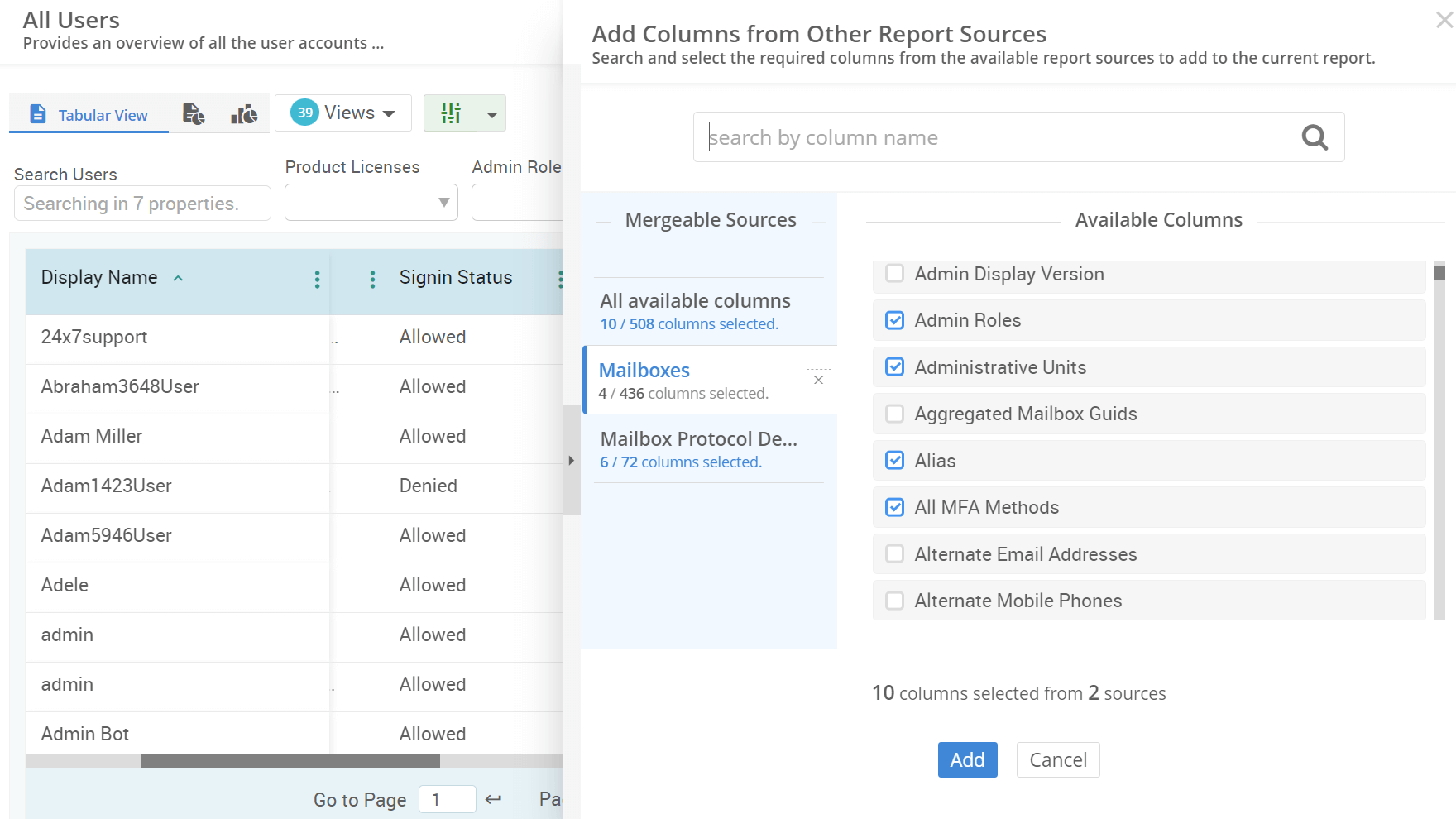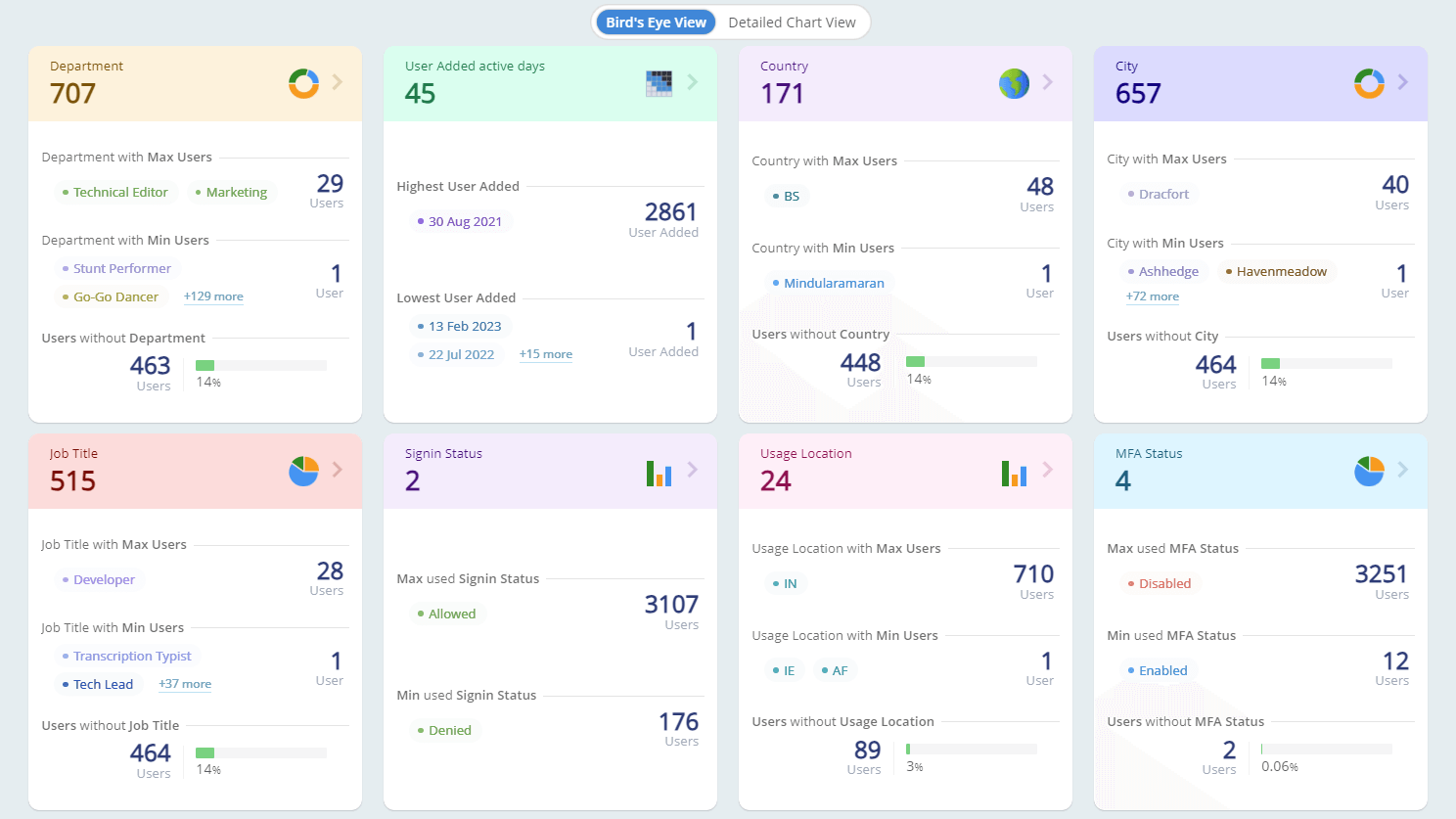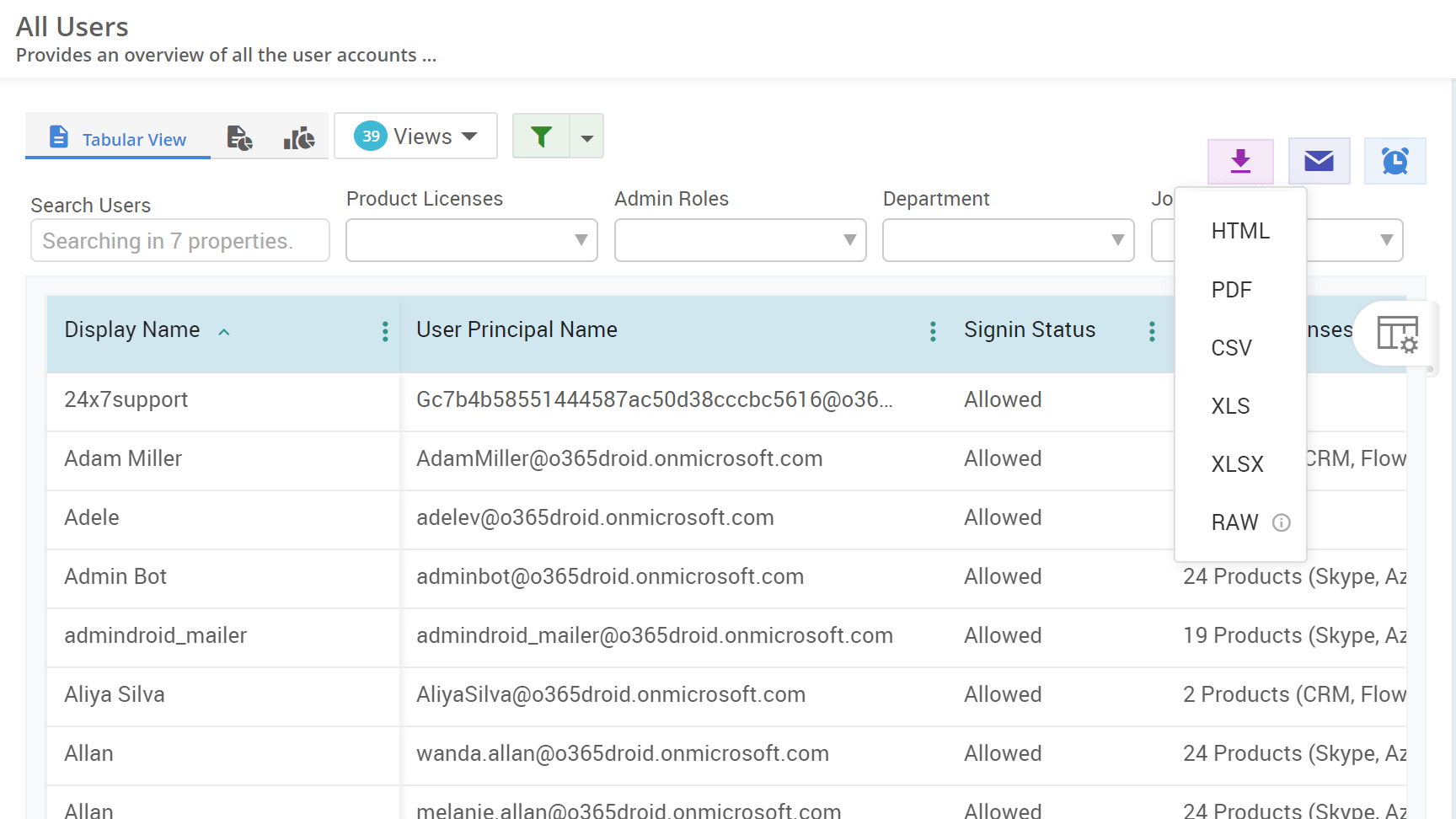How to Track External User Activities in Microsoft 365
As an administrator, ensuring the safety and security of your Microsoft 365 environment is paramount. Microsoft enables seamless collaboration with external partners. However, without proper monitoring, your organization may become vulnerable to threats. Monitoring external user activity in M365 is the key for admins to achieve the delicate balance between security and user productivity. This guide aids in tracking external user actions and bolstering data security in Microsoft 365.









